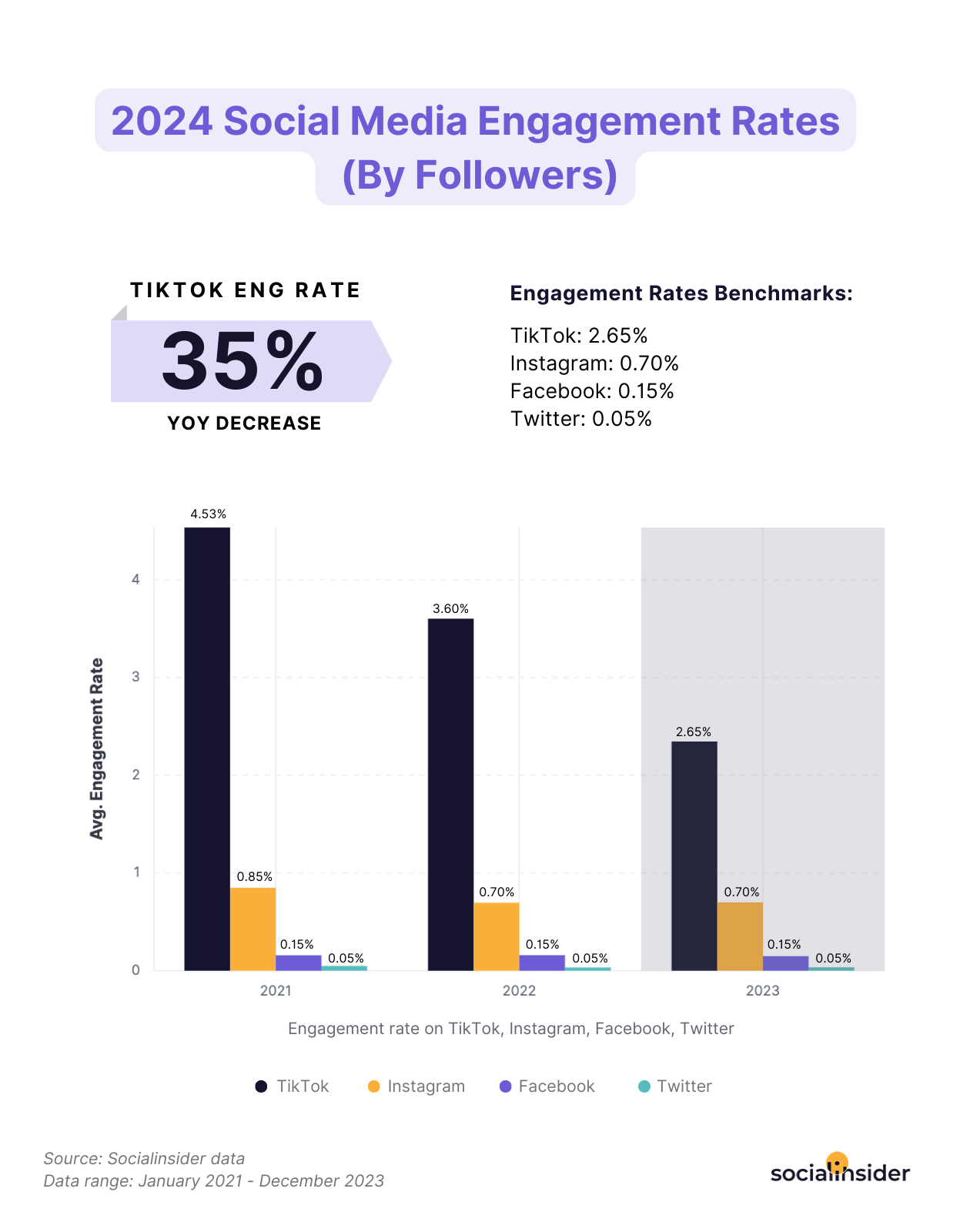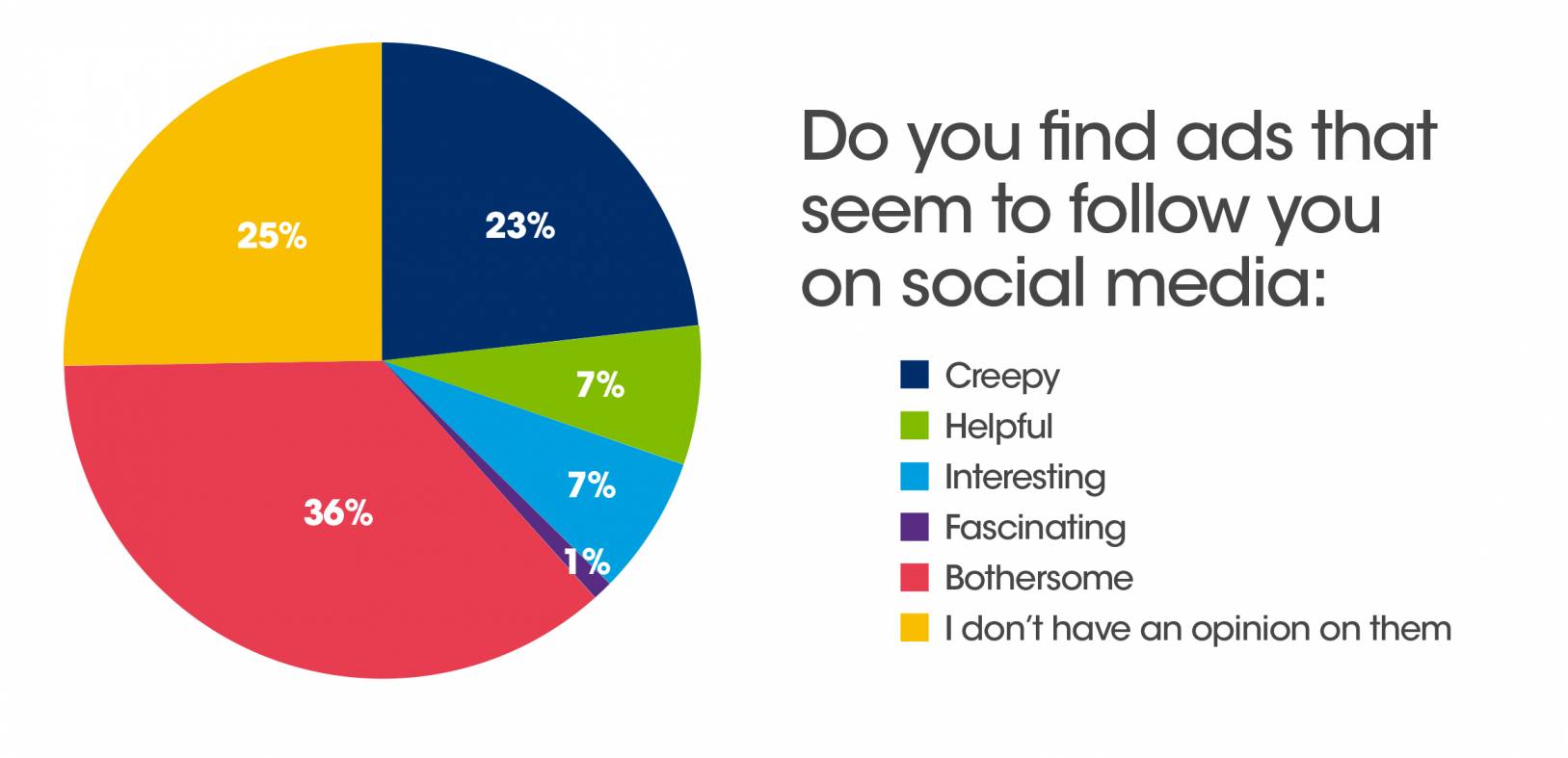Digital advertising has evolved dramatically, yet many brands still struggle with ad fatigue, where their audiences grow indifferent to seeing the same types of messages repeatedly. But what if there was a way to refresh these interactions and recapture attention? This article, accompanied by a detailed video, offers a transformative approach to crafting ad copy that resonates more deeply with consumers.
Table of Contents
The Problem with Traditional Ad Copy
Watch the video to see these concepts in action and get a more detailed understanding of effective copywriting strategies.
Evidence of Ineffectiveness
Traditional ad copy often follows the “problem-pain-solution” model, which attempts to agitate and then solve a consumer’s problem. This method has been the backbone of advertising copy for decades.
However, emerging data and insights from industry experts suggest that this method may no longer be as effective. Consumers have become adept at filtering out noise, leading to a drop in engagement rates.

Understanding Ad Fatigue and Its Business Impacts
Ad fatigue is particularly detrimental for small businesses as it can quickly exhaust limited advertising budgets while diminishing returns. When potential customers see the same message too often, they become disengaged, leading to lower click-through rates and higher cost per acquisition. Small business owners need to recognize the signs of ad fatigue early by monitoring ad performance metrics closely, such as decreases in engagement or increased ad spend without a corresponding rise in conversions.
Ad fatigue occurs when audiences see the same ad too many times, leading to decreased engagement and a negative perception of the brand. This issue is more prevalent in digital environments where ads can be omnipresent.
Consumer Insights
Consumers prefer ads that are relevant and add value to their experience rather than merely pushing a product.

Tailoring Ad Copy to Combat Ad Fatigue
Emphasizing Empathy
Modern ad copy shifts towards empathy-driven engagement, where the focus is on understanding and addressing the emotional and practical needs of the consumer. Empathy-driven ad copy resonates because it addresses the consumer’s current emotional and practical needs. For a small business, this could mean crafting messages that acknowledge the challenges of the current economic climate or the specific pain points of their community. For example, a local grocery delivery service could highlight understanding the struggle of balancing work and home life, offering convenience and time-saving solutions through personalized ads.
Transparent Communication
Transparency not only adheres to advertising standards but also builds consumer trust, a crucial component of the sales funnel. For small businesses, building trust is not just a part of customer service; it’s a strategic advantage. Transparent communication in ad copy should include clear information about products and services, honest pricing without hidden fees, and straightforward responses to customer feedback and inquiries. This approach not only aligns with advertising standards but fosters trust and loyalty, encouraging customers to choose your business over others.
Acknowledgment of Consumer Fatigue
Acknowledging consumers’ feelings about ads can make your brand appear more thoughtful and trustworthy. Acknowledging that consumers are tired of ads can itself be a refreshing angle for new ad copy. Small businesses can leverage this by directly addressing the overload of digital marketing consumers face and differentiating their messages by focusing on community, support, and service. For instance, ads that say, “We know you’re bombarded with advertisements, so here’s a simple, no-fuss look at how our product really works,” can be effective.
Implementing Strategic Ad Copy Changes
Step-by-Step Guide
- Identify Key Messages: Focus on the most important value propositions of your business that meet customer needs.
- Use Customer Feedback: Incorporate actual customer testimonials about your products or services to make the ad copy relatable and genuine.
- Test Different Approaches: Use A/B testing for different ad copy versions to see which resonates best with your audience.
- Segment Your Audience: Customize ad copy for different segments of your market to increase relevance and engagement.
- Monitor and Adapt: Continuously track the performance of your ads and be ready to refresh the copy periodically to avoid ad fatigue.
Renew and Refresh
Small businesses stand to gain significantly from refreshing their ad copy to be more engaging and empathetic. By focusing on creating genuine connections and transparent communications, they can effectively combat ad fatigue, increase engagement, and drive conversions. Remember, the goal is not just to sell but to build relationships that foster brand loyalty and customer satisfaction.
Refreshing your ad copy by incorporating empathy, acknowledgment, and transparency can significantly enhance engagement and conversions. Experiment with these strategies and monitor their impact to find what works best for your brand.

